Cristóbal Balenciaga: The fashion architect
- Culture
- 2025 Mar 24
Cristóbal Balenciaga: The fashion architect
Cristóbal Balenciaga Eizaguirre is one of the 20th century's grand masters of fashion. His impeccable technique and mastery of shapes and volumes revolutionised haute couture, earning the admiration and recognition both of his contemporaries and also of subsequent generations.
This year marks the 130th anniversary of his birth, the perfect occasion to visit Getaria's Balenciaga Museum and follow his legacy in the world of fashion.

Origins
Balenciaga was born in 1895 in Getaria. He spent his childhood at the house in calle Aldamar, still standing today despite a number of transformations. It looks out over Getaria's harbour and the Cantabrian, a sea for which he always had the deepest admiration and love.
His father skippered a State fishing boat, and was mayor of Getaria for a number of years. His mother, a seamstress by profession, worked for Blanca Carrillo de Albornoz, the marchioness of Casa Torres, who summered in Getaria. It was Balenciaga's mother who brought him into the sewing world, and his extraordinary talent was obviously from a very early age.
When he was 12 years old, the marchioness of Casa Torres came up with a challenge for him: to reproduce one of her most exclusive dresses with the very fabrics she gave him. Surprised by the outcome, she became his patron, thus marking the commencement of the young fashion designer's successful career.
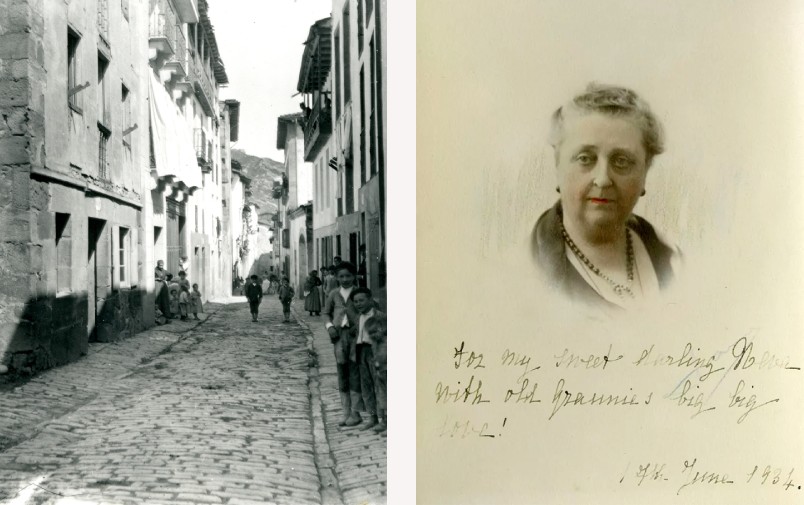

First steps
To ensure her son a professional education, in 1907 his mother went with him to San Sebastián, where Balenciaga began work as an apprentice at the renowned Casa Gómez, located at the convergence of Boulevard and calle Elkano.
He later continued his studies at the New England tailoring company and, aged only 16, he was engaged in the dressmaking section of the Au Louvre department store in calle Hernani, one of the city's leading luxury outlets.
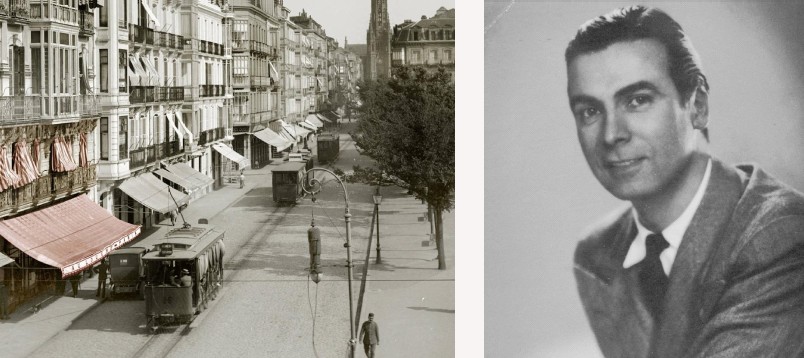
The patronage of the marchioness of Casa Torres enabled Balenciaga to continue his studies in Bordeaux and Paris, working for the celebrated fashion designer Jacques Doucet. When he returned to San Sebastián, Queen María Cristina became one of his clients, and this earned him enormous prestige in the city.
The queen was, without a doubt, one of his most influential clients during this initial phase. As yet with no workshop of his own, Balenciaga produced his creations in a room in Palacio Miramar, consolidating his reputation in San Sebastián.
Consolidation in the city
In 1917, aged only 22, he opened his first workshop in calle Bergara. Since he lacked the capital to buy materials and employ staff, he entered into a six-year association with the Lizaso sisters, the owners of a haberdashery outlet.
In the same year, designer Coco Chanel, who was shaking up women's fashion and had a shop in Biarritz, presented her collection in San Sebastián. The story goes that the young Balenciaga managed to get into the old Casino's exclusive gaming rooms, where he met the famous designer with whom he was to have a lifelong friendship.
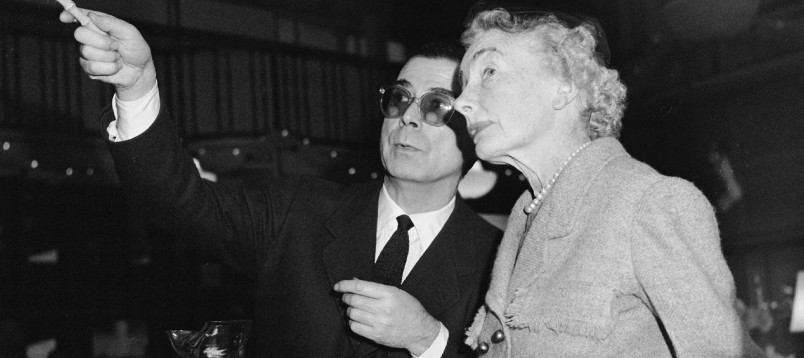
Having terminated his association with the Lizaso sisters, Balenciaga moved to La Avenida, and opened his new outlet in October 1924. The light-flooded workshop and storeroom were on the first floor, with balconies looking out onto calle Santa Catalina; the section overlooking La Avenida contained the rooms where he arranged his fashion shows and tests for his female clients.
The upper floor, with an internal stairway connection, was where he lived for years with his mother and his associate and companion Wladzio D'Attainville.
To secure new clients, in the following years he opened another two shops in San Sebastián: in calle Okendo and calle Santa Catalina, after the Republic had been proclaimed. Of all his shops in the city, only the "EISA" brand on La Avenida continued its operations until he retired in 1968.
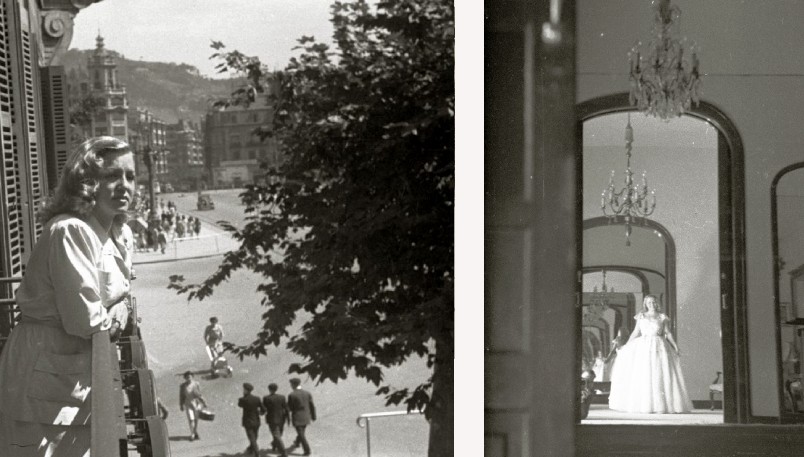
From San Sebastián to Paris
Having consolidated his activity in San Sebastián, Balenciaga expanded the business to Madrid and Barcelona. When the Civil War broke out, however, he decided to move to Paris, where he presented his first collection in 1937. His prestige eventually grew among high society and major film stars, and he dressed legends such as Grace Kelly, Jackie Kennedy and Audrey Hepburn.
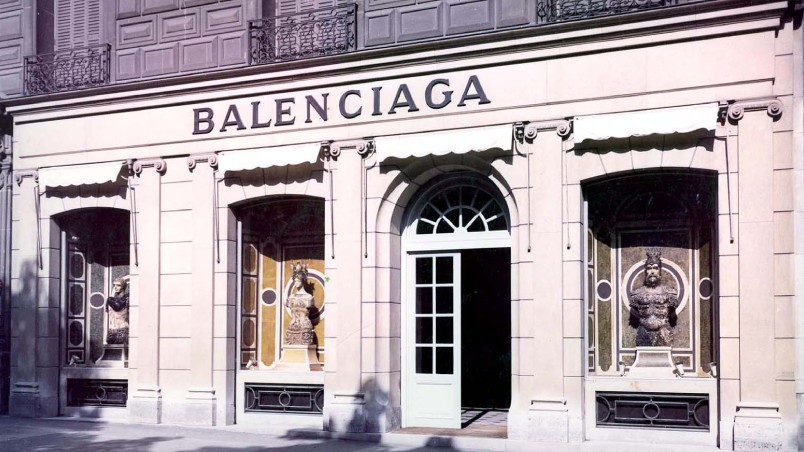
Transformation of fashion
Balenciaga not only designed clothes, but he also redefined the female silhouette. He introduced the sack dress, the balloon skirt and the high waist, shattering the rules previously established. His design precision and purity earned him the respect and admiration of his colleagues and customers.
Coco Chanel
Christian Dior
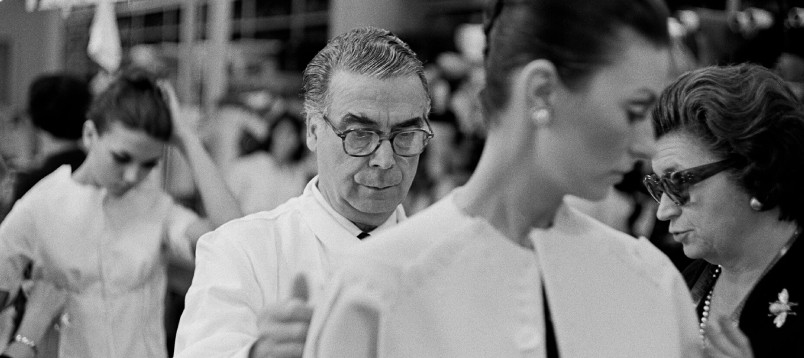
The man behind the genius
Balenciaga was extremely discreet and shunned fame. Throughout his life he only ever gave two interviews: one in 1968 with Paris Match, and a second interview in 1971 to journalist Prudence Glynn for The Times.
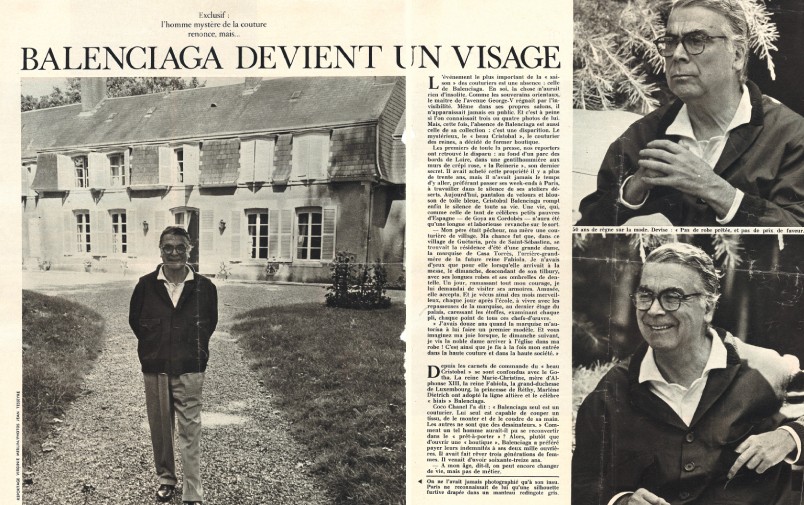
With very rare exceptions, he did not work personally with his female clients, and supervised his shows from behind the curtains. His devotion to perfection and his meticulousness made him a legend.
Cristóbal Balenciaga
Next to the sea
After the Civil War, Balenciaga successfully reactivated his businesses in San Sebastián, Madrid and Barcelona. He kept his home on La Avenida, and in 1941 he bought and refurbished the old Otondo farmhouse in Igeldo, and named it "Gurutzalde" after the cross on the summit of Mount Igeldo.
This was his refuge for three decades. From here he could see the Cantabrian Sea and his birthplace, Getaria.
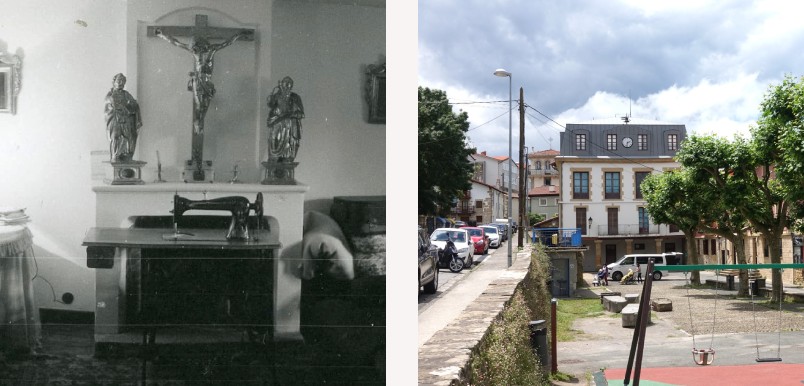
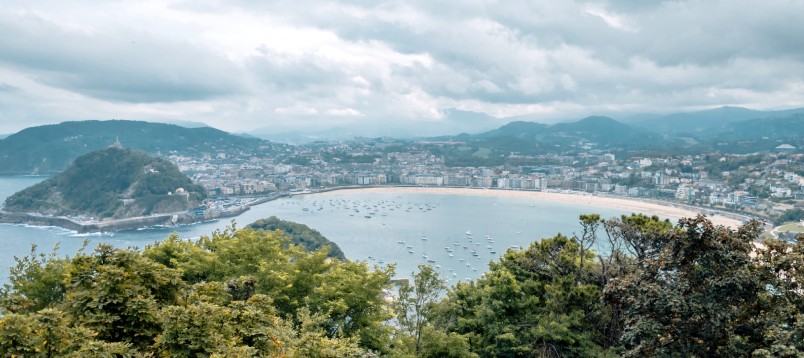
Last years
In 1968, with the arrival of "prêt-à-porter", Balenciaga decided to retire, and settled in Gurutzalde. He spent his days looking out to sea and conversing with friends, but he never stopped sewing and making clothing adjustments for those requiring his services.
He was not able to enjoy his retirement for very long. In 1972 he designed the wedding dress for Carmen Martínez Bordiú, Franco's granddaughter, and travelled to Madrid to make it. Fifteen days after the wedding, on 23 March 1972, he died in Jávea (Alicante).
His remains were taken to Getaria, where they lie in the cemetery overlooking the sea. A year later, a fire destroyed his farmhouse in Igeldo.

Legacy
Balenciaga's legacy lives on in contemporary fashion. His work is preserved at Getaria's Cristóbal Balenciaga Museum, which opened in 2011 as the only museum in the world honouring a fashion designer. It contains over 5,500 original items, and provides much insight into his impact on haute couture.
His good friend Eduardo Chillida paid tribute to him in 1990 with a magnificent steel sculpture in the shape of the female silhouette. It is on display at the Chillida Leku Museum in Hernani.


